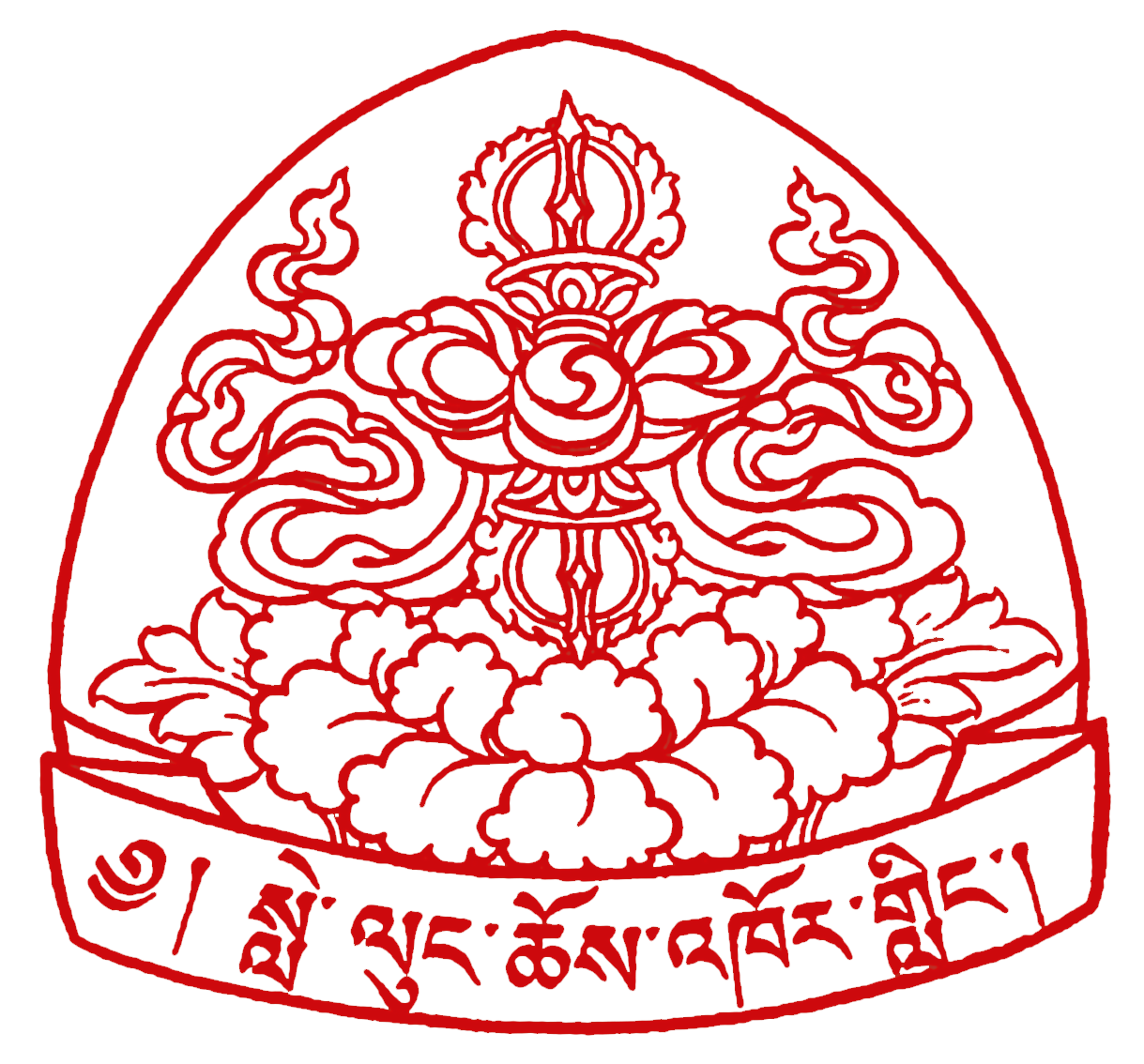What is Buddhism?
Buddha Shakyamuni was born as Gautama Siddhartha in Lumbini (present day Nepal) as a son of the Indian King Shakya in 560 B.C.
Shakyamuni Buddha. The statue is approximately five feet high
Instead of pursuing the worldly life of a king by following in his father's footsteps, Siddhartha renounced samsara and practised severe austerities and sitting meditation for six years. During this time, he abstained from food almost entirely. After many trials, Siddhartha finally sat down to meditate under a Bodhi tree in Bodhgaya.
From early morning to sunset he meditated, determined to attain enlightenment at all costs. He plunged himself into deep meditation and, when he emerged, he had succeeded. Buddha's first teaching was the Four Noble Truths, which he introduced to his five disciples. The Buddhist teaching was based on those Four Noble Truths. [Sivanandalshq.org]
In the centuries that followed, Buddha's teachings flourished throughout India. Many people received teachings and, through practising them, attained great spiritual accomplishment. Even ordinary individuals found that the teachings were very useful in their daily lives and helped them to be kind and peaceful.
Beginning in the 8th century, Indian scholars, such as Guru Padmasambhava, travelled to Tibet and introduced Buddhist teachings.
As the teachings spread through Tibet, four main schools developed: Nyingma, Sakya, Kagyu, Gelug.

